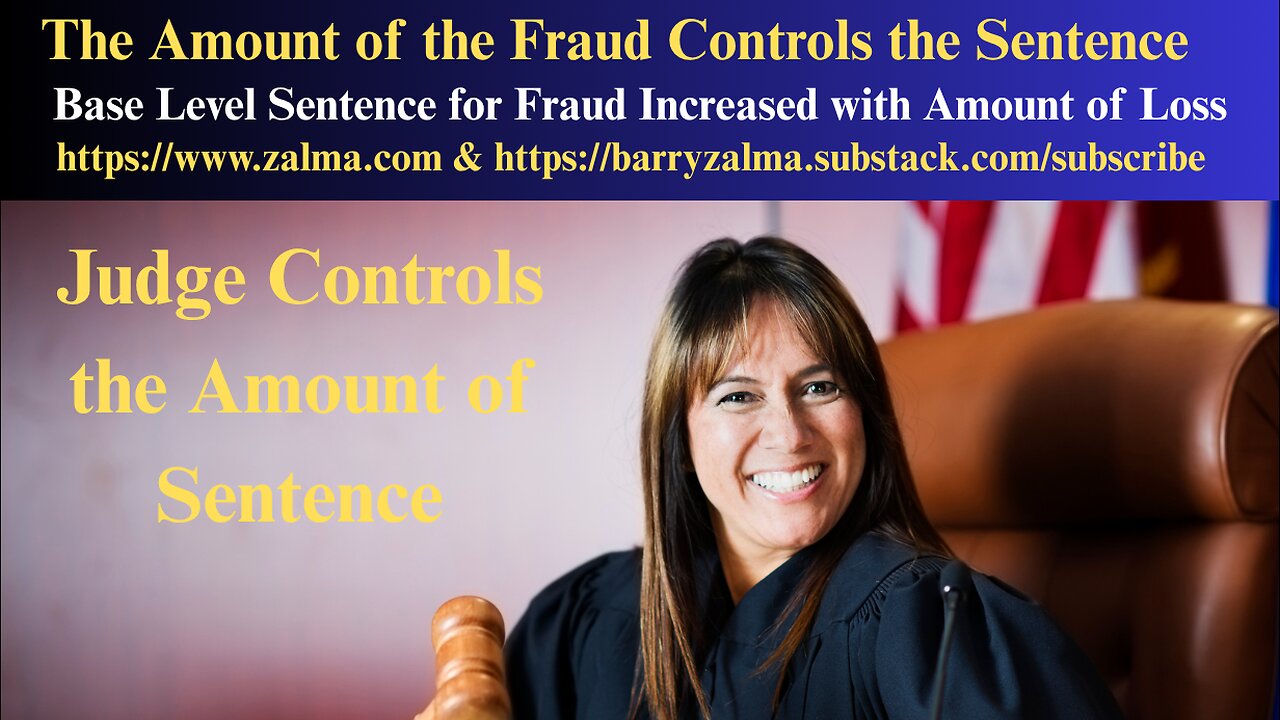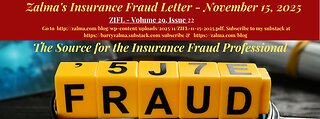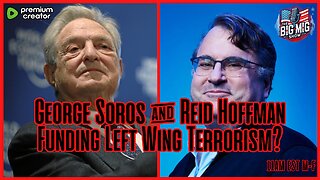Premium Only Content

The Amount of the Fraud Controls the Sentence
Base Level Sentence for Fraud Increased with Amount of Loss
Post 5229
Judge Controls the Amount of Sentence
In United States v. Lopez (No. 2:23-cr-00055-CDS-MDC, D. Nev.), defendant Eduardo "Edward" Lopez was convicted of wire fraud for intentionally omitting a DOJ antitrust investigation into his company, Community Home Healthcare (CHH), during its $12.5 million sale to victim Solace. Lopez received $10.459 million via wire transfer on December 23, 2021. The dispute centers on calculating "loss" under U.S.S.G. § 2B1.1(b)(1) to determine Lopez's sentencing guideline offense level.
Parties' Positions:
Defense (Lopez):
Argued no loss enhancement applies (base offense level remains 7). Relies on U.S.S.G. § 2B1.1 Application Note 3(E), claiming credit for CHH's fair market value (allegedly exceeding the purchase price) offsets any harm. Lopez emphasized no intent to cause loss, supported by the purchase agreement's "true-up" process.
Government:
Seeks +20 levels, arguing intended loss equals the $12.5 million purchase price (as Solace would not have bought CHH if informed). Adds actual loss of $3.8 million in Solace's legal fees from the DOJ investigation. Contends PSR erred by finding no loss.
Legal Framework:
Guideline Basics:
Base offense level for wire fraud is 7 (§ 2B1.1(a)(1)). "Loss" (greater of actual or intended) increases levels; use gain as proxy if loss is indeterminable (§ 2B1.1 cmt. n.3(B)).
Actual Loss:
Reasonably foreseeable pecuniary harm resulting from the offense.
Intended Loss:
Pecuniary harm defendant purposely sought, even if impossible/unlikely (§ 2B1.1 cmt. n.3(A)(ii)). Courts estimate reasonably (§ 2B1.1 cmt. n.3(C)); consider all relevant conduct (§ 1B1.3(a)(3)). Valuation at fraud's completion (United States v. Crandall, 9th Cir. 2008).
Court's Reasoning and Ruling:
Rejects Lopez's "no financial harm, no loss" view: It ignores offense seriousness and culpability (§ 2B1.1 purpose). Fraud's collateral risks (e.g., Solace losing licensing, sister companies affected) were severe, per trial testimony (Solace would have walked away if informed).
The court also rejected full government request: Intended loss ($12.5M) and post-fraud legal fees ($3.8M) are speculative/improper here, as fraud ended December 23, 2021 (only $10.459M wired). Legal fees post-date offense and aren't tied to gain proxy.
Actual/intended loss "impossible" to calculate (potential total ruin of CHH/Solace avoided by DOJ's non-charging decision. Lopez's gain: $10.459 million (wires received). This triggers +20 levels (§ 2B1.1(b)(1)(K)). The court also Overruled both parties' extremes; sustains government objection in part. New offense level: 7 (base) + 20 = 27.
This ruling balances guideline ambiguity with evidence, prioritizing culpability over unproven hypotheticals, aligning with Ninth Circuit precedent emphasizing fraud's full scope. Sentencing to continue based on this.
ZALMA OPINION
People who commit fraud are, by definition, not honorable people. In this case the defendant wanted the District Court to sentence him at the base level for fraud while the DOJ wanted it at a higher level because the defendant received almost $10.5 million as a result of his fraud. The District court provided a Solomon-like decision by agreeing with some of the DOJ's allegations and some of the defendants requests and decided to balance the guidelines with evidence and emphasizing the full scope of the fraud.
(c) 2025 Barry Zalma & ClaimSchool, Inc.
Please tell your friends and colleagues about this blog and the videos and let them subscribe to the blog and the videos.
Subscribe to my substack at https://barryzalma.substack.com/subscribe
Go to X @bzalma; Go to Barry Zalma videos at Rumble.com at https://rumble.com/account/content?type=all; Go to Barry Zalma on YouTube- https://www.youtube.com/channel/UCysiZklEtxZsSF9DfC0Expg; Go to the InsuranceClaims Library – https://lnkd.in/gwEYk.
-
 10:34
10:34
Insurance Law
1 day agoZalma's Insurance Fraud Letter November 15, 2025
44 -

Grant Stinchfield
47 minutes agoAI Sam Altman’s Baby Lab: Silicon Valley Tries to Play God!
1.15K -
 1:00:48
1:00:48
VINCE
3 hours agoHere Come The Epstein Files | Episode 171 - 11/18/25 VINCE
202K83 -
 1:53:27
1:53:27
Benny Johnson
2 hours ago🚨House Voting to Release Epstein Files as Trump Plan REVEALED, Democrat PANIC: ‘It Was All A Trap…’
24.5K34 -
 47:12
47:12
theoriginalmarkz
2 hours agoCoffee with MarkZ. 11/18/2025
14.8K6 -
 1:36:43
1:36:43
Graham Allen
4 hours agoDisturbing Connection Between Trump Shooter And FURRIES!! + House Votes To Release Epstein Files!
159K832 -
 2:59:36
2:59:36
Wendy Bell Radio
7 hours agoIt's All Connected.
59K81 -
 1:56:58
1:56:58
Badlands Media
6 hours agoBadlands Daily: November 18, 2025 - Internet Outage, Epstein Crossfire & the MBS Power Shift
45.9K10 -
 LIVE
LIVE
Major League Fishing
5 days agoLIVE! - Fishing Clash Team Series: Summit Cup - Day 3
120 watching -
 1:13:28
1:13:28
The Big Mig™
4 hours agoBusted, Antifa Funding Bombshell
3.06K12